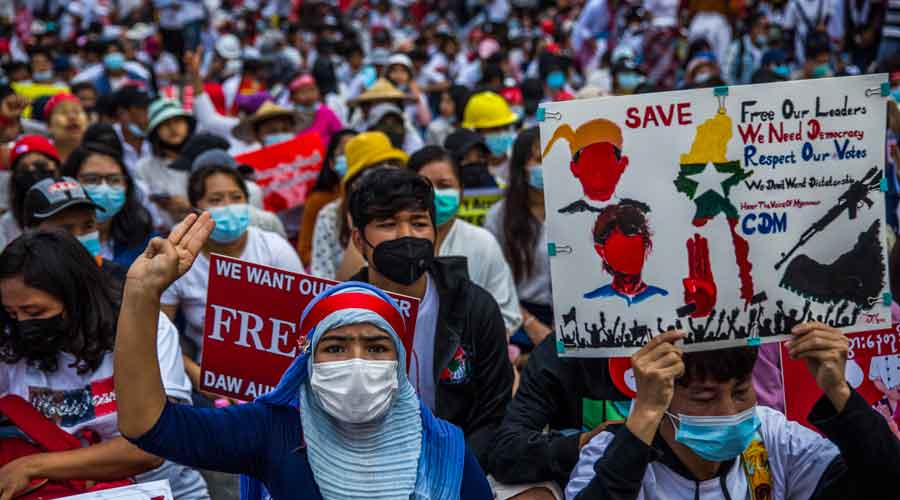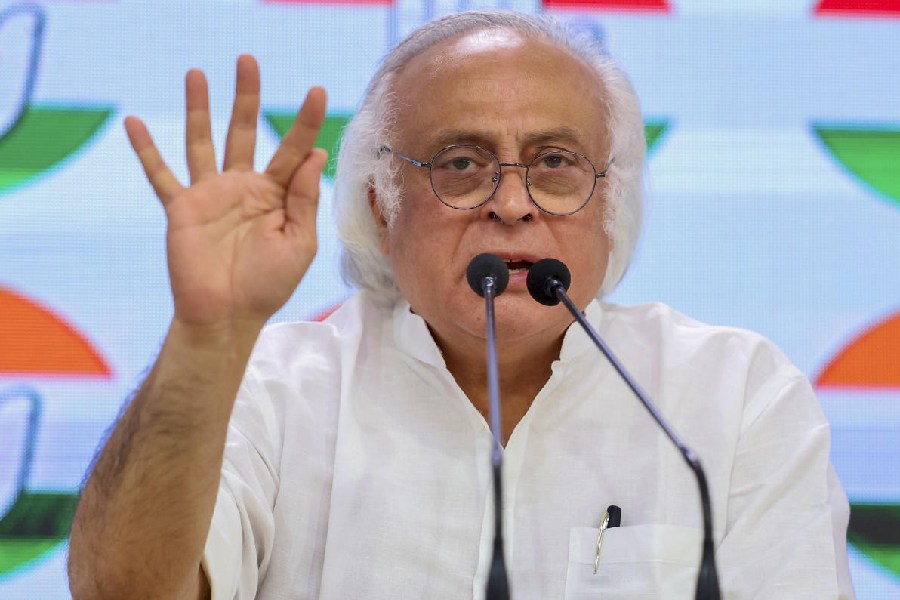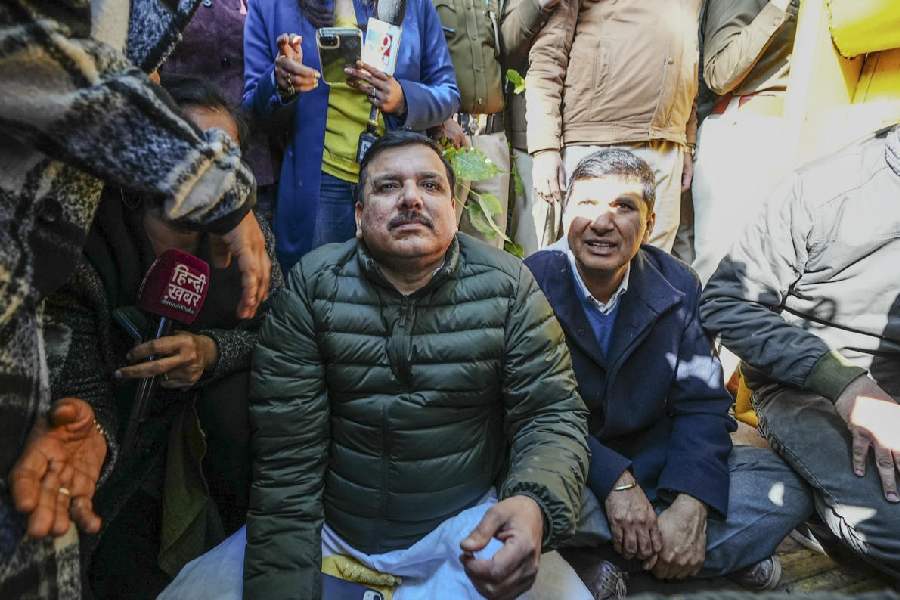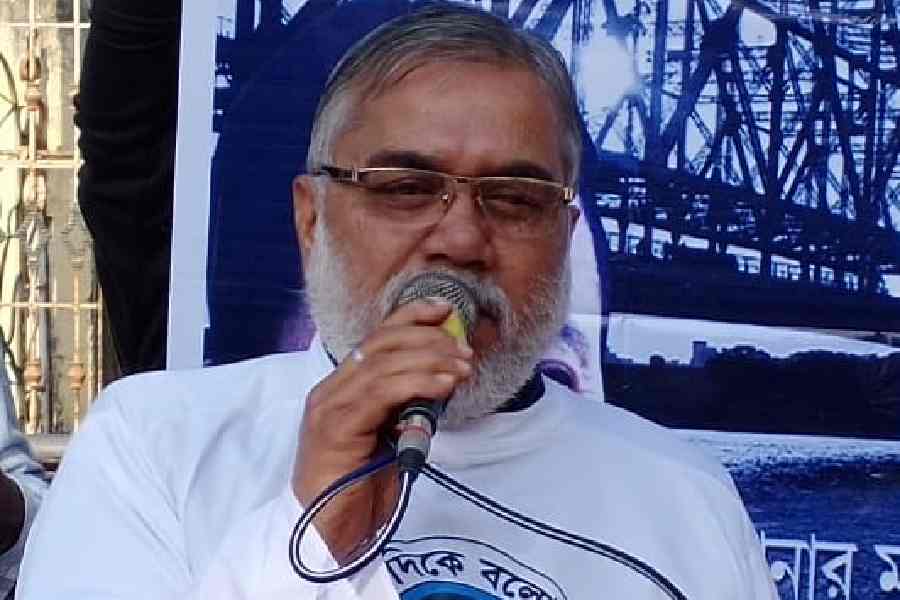India’s Myanmar policy has been China-centric. With the Bharatiya Janata Party’s ascendancy in politics, India’s policymakers have been obsessed with not pushing Myanmar towards Beijing. From Rajiv Gandhi’s open support to the Burmese democracy movement and the government in exile to A.B. Vajpayee’s endorsement of the execution of Arakanese rebel leaders used until then by Indian agencies to Narendra Modi joining China and Russia to water down the United Nations security council’s resolutions on Myanmar after the military takeover in February, it has been a 360-degree turn. It is time to call the bluff on New Delhi’s policy paralysis on Myanmar that was reflected in its abstention from the UN general assembly resolution lambasting the military takeover in Myanmar.
The Chinese have run away with clearances for 15 new mega infrastructure projects after the February 1 coup, leveraging their support for the military intervention. In early June, General Min Aung Hlaing and his foreign minister, Wunna Maung Lwin, met the Chinese ambassador, Chen Hai, after which the Chinese embassy’s Facebook statement identified Min Aung Hlaing as the “Leader of Myanmar”. The Tatmadaw does not trust the Chinese, but it values their support. The stock argument that India should not push the military junta into China’s embrace by being critical is hollow because the latter is already in China’s vice-like grip.
The Indian army strongly backs engagement with the Tatmadaw. It undertook ‘Operation Sunrise’ against Arakan Army rebels as a quid pro quo for Burmese military action against northeastern insurgents in the jungles of Sagaing province. This will not work any longer because there is evidence to suggest that the Tatmadaw is using Indian insurgents to attack refugees and resistance forces in Sagaing and the Chin Hills. It is unlikely that the Tatmadaw would oblige the Indian army by handing over the rebels to them.
The Tatmadaw has struck a tactical ceasefire with the AA, securing its western flank to protect Myanmarese and Chinese interests. The AA is now free to focus on India’s Kaladan Multi-Modal Transit Transport Project, which it has jeopardized by attacking contractors. The AA is willing to deal with Indian diplomats but it does not trust the Indian army. So India is seemingly supporting the Tatmadaw, which cannot protect New Delhi’s interests, and is moving against a rebel group whose predecessors were close to India until the ‘Operational Leech’ betrayal and is now hell-bent on disrupting the Kaladan project. Can India’s military and diplomatic acumen guarantee the completion of this crucial connectivity project if the AA continues to oppose it? Why can’t the chief minister of Mizoram, Zoramthanga, be asked to deal with the AA? The National League for Democracy government used him to ferret out a lawmaker from the AA’s captivity.
India’s diplomatic policy is not in sync with the changing dynamics in Myanmar. Is India’s policy establishment aware of the intensification of resistance in Myanmar? Credible reports suggest that more than 800 soldiers have joined the democracy movement. By March end, Myanmar's resistance movement, started by the youth and labour unions, had expanded dramatically to include doctors, nurses, bankers, grocers, railway workers and other professionals. Thousands of healthcare workers have refused to go to work in a country where health workers hold 10 per cent of all government jobs. Most hospitals and medical schools remain shut in spite of the raging pandemic. The national resistance movement is also turning violent with many who lost friends and relatives in peaceful demonstrations rushing to ethnic rebel bases to receive arms training. People across Myanmar are also boycotting products produced by the army and its conglomerates, such as Myanmar beer and the Joox music app, as well as goods imported from China and Singapore, the two top investors in Myanmar neither of which condemned the coup.
China itself is rethinking its options after 36 Chinese factories were burnt down in and around Yangon and police guards in a Mandalay offtake station of the Rakhine-Yunnan oil-gas pipeline attacked and killed. The resistance is threatening to blow up the pipeline that carries oil from the Middle East and Burmese natural gas to China. Can the status-quoists in New Delhi afford to alienate the Burmese youth who look upon Indian democracy as a role model?
But jumping on to the Western bandwagon would be ill-advised. Sanctions don’t work, except for adversely impacting the poor and the vulnerable. It is, therefore, time for India to undertake a Gandhi Peace Mission to Myanmar that can facilitate a meaningful dialogue among the Tatmadaw, the democratic parties, the government in exile, and the ethnic rebel armies. China and the Asean have lost their credibility with the democracy movement and the rebels, and the Tatmadaw does not trust the West. If New Delhi can work out an honourable exit for Min Aung Hlaing, something that Pranab Mukherjee did for the former Bangladesh army chief, General Moeen U. Ahmed, in 2008, Myanmar’s fledgling democracy could be restored. The Gandhi Peace Mission can then work on a federal solution by kindling a comprehensive dialogue. Zoramthanga is no Gandhian, but in him we surely have someone whose across-the-board connections in Myanmar can help start a meaningful engagement. Acting on Myanmar is the key to the success of India’s Act East policy.











